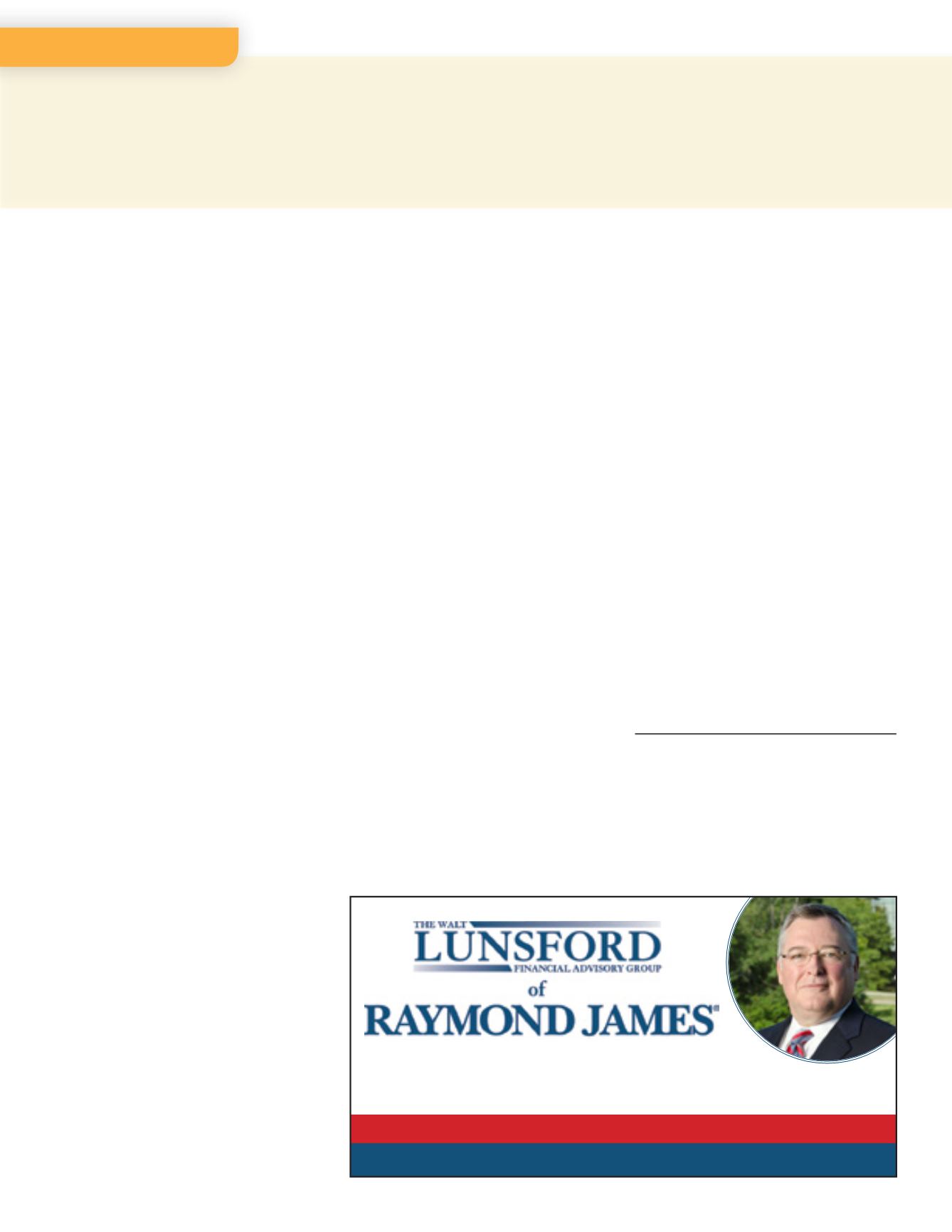

Composers
(SESAC). Each of these soci-
eties manages its own portfolio of works
and, collectively, they manage virtually all
of the existing body of music. If your client
wants to know that it is licensed for all
music that might be performed in connec-
tion with its business, it will need licenses
from all three. They are heavily regulated,
because of their concentrated market
power, and so there is little negotiation
as to price and terms for their licenses.
They do, however, offer a variety of types
of license for anything from blanket use
of their portfolio to a one-time, special
circumstances event.
The public performance right applies
only to the musical composition. There is
no public performance right associated
with the sound recording, though there
is a relatively newly created digital trans-
mission right that applies only to sound
recordings.
When is a performance
public?
More often than you might think. To
perform a work publicly is to perform it at
a place open to the public or at any place
where a substantial number of persons
outside of a normal circle of a family
and its social acquaintances is gathered
(including where the performance is
broadcast or distributed to such a group
in one place or in separate places at the
same time or at different times). In other
words, if your client is doing it someplace
other than the principal’s living room for
her family and a few friends, it is prob-
ably a public performance. An in-house
performance is a “public” performance
for these purposes, as is an invitation-only
company event.
Takeaways for your clients:
If they want to:
• perform music at a company location
or event, they will need performance
licenses. And if they have not pre-
cleared the music selections, they
will likely need performance licenses
from all three societies. Sometimes a
host venue will have procured these
licenses, but as often as not they will
push the responsibility to your client.
• use a music service, on-hold or
on-line or in the offices, they will need
performance licenses. Many service
providers will have pre-cleared the
rights, but your clients should ask for
assurance that this is the case.
• incorporate music in a presentation,
they will need a license for this – the
type(s) of license(s) they will need
depend upon what they are using and
what they are doing with it.
• incorporate music in a video for
training or internal use, they will
need a synchronization license
from the music publisher (if you
are recording or incorporating your
own performance of that musical
composition). If they are using an
existing recording, they will also
need a master recording license from
the recording company. The stan-
dard synchronization license covers
only broadcast and theatrical perfor-
mance. If they want to distribute the
video as DVD copies or in some other
tangible form, they will need a special
form of sync license.
• use the music in an advertising or
promotional video, then in addition
to the licenses noted above, they may
also need publicity releases from any
artists closely associated with the
works.
• make the video available for down-
load or streaming, check with a
lawyer whose practice includes music
work. The licensing for this can be
quite complicated.
Warn your clients to watch out for
music popping up in places where they did
not plan for it like user-generated content,
social media pages, employee events and
contests, etc. They will be responsible
if the site, contest, or event is operated
under their imprimatur. There are some
exceptions to the monopoly rights of the
copyright holders (including, notably, the
fair use right), but they will rarely apply
in a business context. Be skeptical of any
claim that a corporate use qualifies for the
“fair use” defense (or for any other statu-
tory exception).
Gillen is a partner at Wood Herron & Evans, where
he concentrates his practice in publishing, media,
and copyrights. He is also chair of the Books Editorial
Board of the Intellectual Property Law Section of the
American Bar Association. Write or call him if you
have an idea for a book at
sgillen@whe-law.comor
(513) 707-0470.
Share what you know!
Do you have a niche or area of concentration in your practice? Is there something about it that would be useful to other lawyers?
Something that would help them help their clients spot an issue before it becomes a problem? Help them, and at the same time earn
some recognition for your practice. We’re looking for more insights like this for future issues of the CBA Report — 500 to 800
words — with a little background and a few takeaways. Send your submissions to Aris Yowell, CBA director of communications, at
amyowell@cincybar.org.
RAYMOND JAMES & ASSOCIATES, INC. Member New York Stock Exchange/SIPC 4755 Lake Forest Dr., Ste. 200, Cinti., OH 45242 (513) 786-7838 Visit our website at: www.waltlunsfordgroup.com Walter B. Lunsford, AAMS, Sr. VP, Investments The Walt Lunsford Financial Advisory Group10
l
November 2017 CBA REPORT
www.CincyBar.orgFeature Article


















